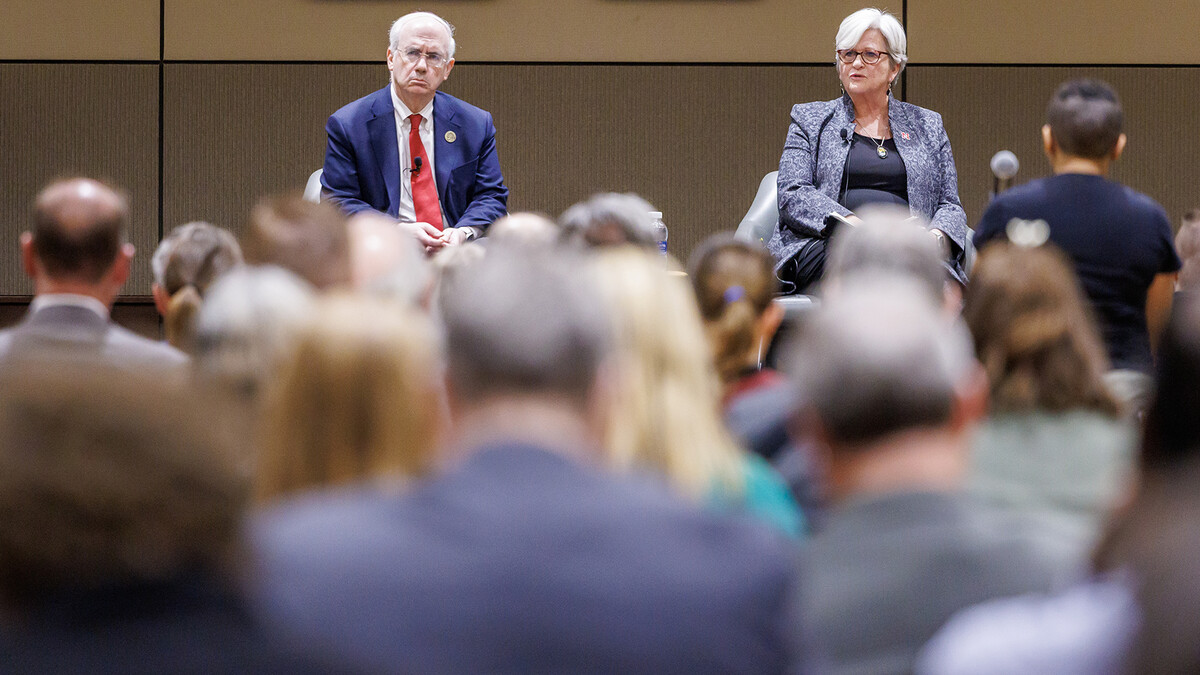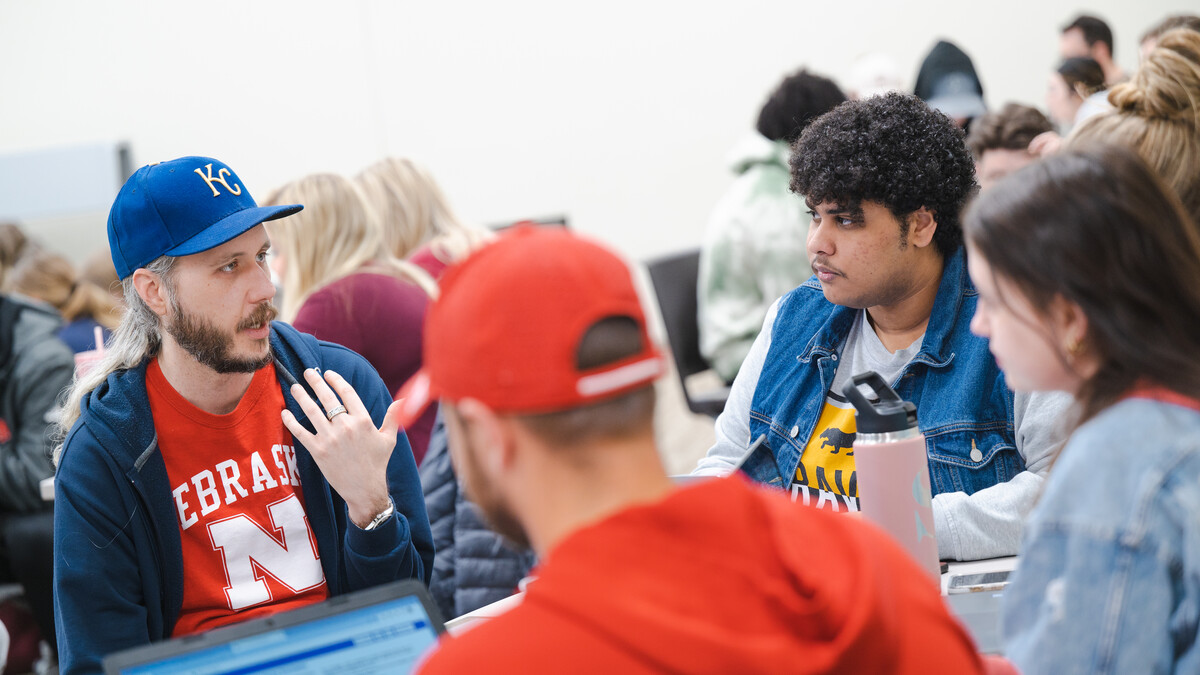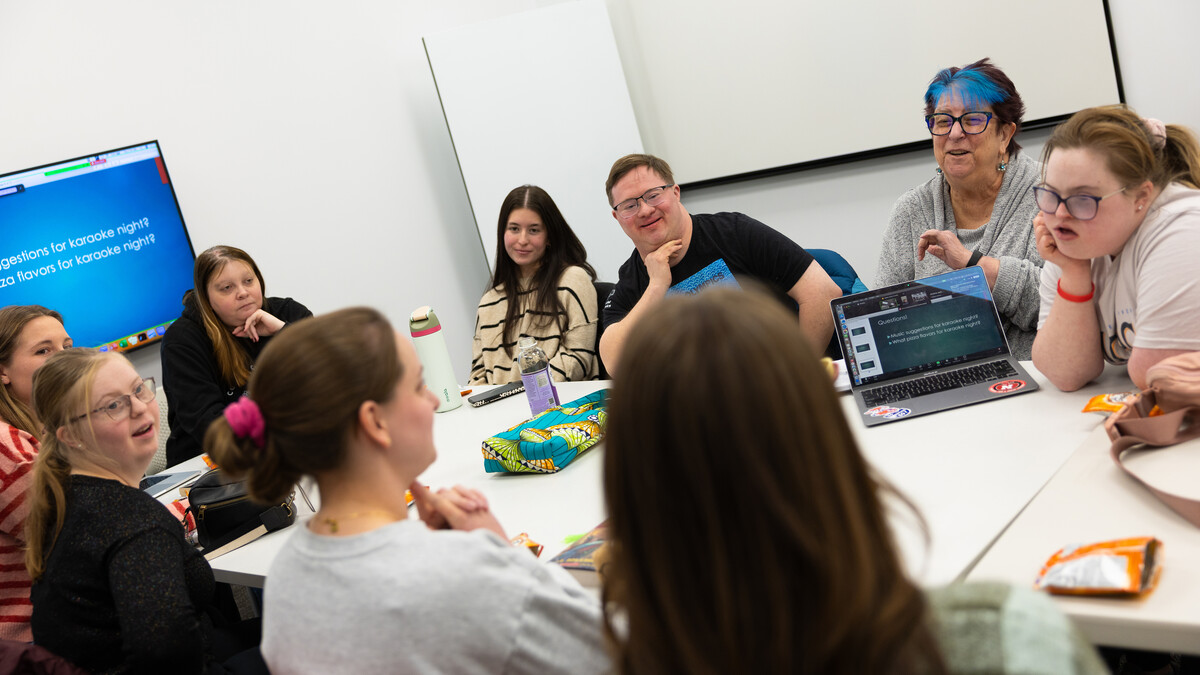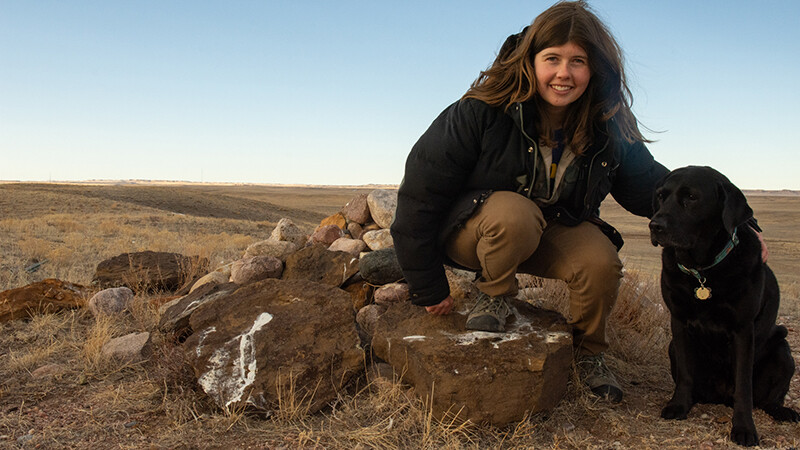
Emma Balunek was watching motion-activated video she had taken of a rock pile in rural Colorado when a badger and coyote strolled onto the scene together.
The young scientist knew badgers and coyotes competed for the same prey and even preyed upon each other. Why were these two strolling side by side?
Balunek had earned her bachelor’s degree in ecosystem science and sustainability in Colorado and had been contemplating a master’s degree but needed a study topic that truly drove her interest. This might be it.
"I was really sick of school," Balunek, a graduate student in natural resource sciences, said. "And so, I'm like, 'It needs to be something that I love, that I want to work on.' I started doing research about coyotes and badgers and learned that little was known about their hunting relationship and there weren't many high-quality photos and videos of them out there together either.”
Most of what she found was anecdotal — stories dating back to 1884 from naturalists seeing the two animals hunting in tandem.
She contacted Mike Forsberg, the director of the Platte Basin Timelapse photography project at the University of Nebraska–Lincoln, and asked if a research and storytelling project about the coyote-badger relationship would fit into his master’s program. Forsberg said yes, and they brought in another professor, John Benson, to shore up the research side.
Balunek started her master’s project at Nebraska in August 2022, with the goal of gaining a better understanding of the environmental conditions needed for a coyote-badger hunting relationship to occur. Both animals prey on prairie dogs, and the rock pile where Balunek had filmed the strolling pair was near a large prairie dog colony far from humans.
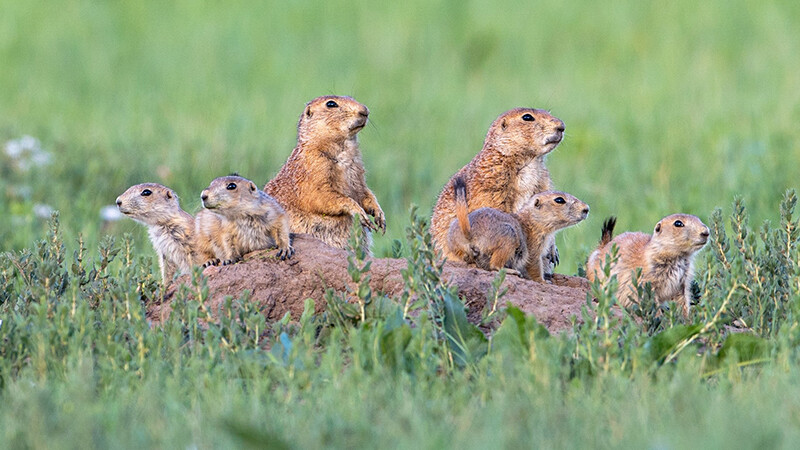
She laid out questions like where and when does the hunting relationship happen on the land? Do the two animals only hunt together near large prairie dog colonies? Do they hunt together less when they are closer to areas used by humans?
Balunek set up 50 trail cameras that could film day or night, 10 at each of five sites — Wind Cave National Park in South Dakota, Hutton Lake National Wildlife Refuge in Wyoming, Valles Caldera National Preserve in New Mexico, Heartland Ranch in southeastern Colorado and the Central Plains Experimental Range in northeastern Colorado where she first saw a pair near the rock pile. At each site, she placed some cameras in prairie dog colonies and some outside.
She now has about 25 photos and videos of coyote-badger hunting groups, with one to three coyotes hunting with a badger. All the images have been captured in prairie dog colonies and usually during the day.
"It's been kind of surprising," she said. "We've mostly seen them during the day, so it's the opposite of what we predicted. I think I've only gotten one video of them together at dusk. I don't think I've gotten any at night."
While coyotes and badgers typically hunt at dawn, dusk or night, prairie dogs are most active during the day. Coyotes are adaptable, but Balunek said seeing badgers hunt during the day surprised her.
"They're completely changing the time of day that they normally hunt by themselves to hunt with coyotes, and that could be pretty good evidence to support that they are seeing a benefit from this relationship,” she said. “So, that's the most exciting thing we've found so far."
She cautioned, though, that results are preliminary as she continues gathering and compiling data. Still, a 1982-1985 study of badgers in the National Elk Refuge in Jackson, Wyoming, lends support to her findings. That study found that coyotes had a 34% increase in prey capture when hunting with a badger. Badgers can dig up prey underground, and coyotes can chase it down. It did not determine whether badgers similarly benefited from hunting with coyotes because badgers typically eat their prey underground. Still, those earlier researchers observed that the badgers spent more time below ground when hunting with a coyote, possibly eating prey.
Balunek has no film of coyotes and badgers catching or eating prey together but has heard from at least one observer that they do not share. Balunek additionally has received about 35 reports of sightings from citizen scientists, including a citizen who took photos of two coyotes and a badger stealing a ground squirrel back-and-forth from one another.

Balunek has marked the locations of these sightings, historical sightings described in literature and sightings from her trail cameras on a map to show where coyotes and badgers have been seen hunting together. She said she doesn’t expect the range map she’s making to be comprehensive but to at least get scientists a step closer to understanding where the behavior is happening.
She is also still looking at whether the animals are more likely to hunt together in certain seasons. While her team expected the animals to avoid each other in the spring and summer when they were raising their young, she said the two species have been spotted together nearly year-round.
Balunek plans to continue collecting the citizen science forms at least until she graduates in May 2025. She also plans to write a scientific paper about her research and upload related stories and videos to the Platte Basin Timelapse website. She has spoken with NPR and National Parks magazine and at a few conferences about her work. Recently, she headlined the Center for Grassland Studies 2024 Fall Seminar Series and spoke about the coyote-badger relationship and also the broader goals of her project to uplift the short grass prairie and the species dependent on that habitat.
"That's what I'm trying to promote is, 'Pay attention to the prairie,'" she said. "What I love about the prairie is it's not as obviously beautiful as the mountains. Anybody can look at the mountains and be like, ‘Oh, yeah, beautiful,’ but people drive through the prairie and they don’t really see anything, and they're like, 'Oh, it's corn. It's flyover country.' And yes, we've lost a lot of our prairies to commercial agriculture and development, but what remains is still so beautiful and diverse. You just have to give it time to appreciate it."




